**SEO-Optimized Introduction for Understanding Pitbull Breeding Standards**
**
**Unveiling the meticulous breeding standards behind the iconic Pitbull breed, this comprehensive guide delves into the physical and behavioral characteristics that define this multifaceted canine companion. Embark on an educational journey to explore the distinctive appearance, temperament traits, and trainability of the enigmatic Pitbull, navigating through the intricacies of their genetic heritage. By unraveling the breed’s adherence to established standards, we gain invaluable insights into their unique attributes and suitability for various roles in society, fostering a deeper understanding and appreciation for these often-misunderstood animals.**
**
## Pitbull Breed Standards: Physical Characteristics
### Appearance, Size, and Weight
The United Kennel Club (UKC) recognizes four distinct pitbull breeds: the American Pit Bull Terrier (APBT), the American Staffordshire Terrier (AST), the Staffordshire Bull Terrier (SBT), and the American Bully. These breeds share similar physical characteristics, but with variations in size and weight.
– **APBT:** Medium-sized with a muscular build, weighing between 30 and 65 pounds (14 and 29 kilograms) and standing 18 to 21 inches (46 to 53 centimeters) at the shoulder.
– **AST:** Slightly larger than the APBT, weighing between 55 and 70 pounds (25 and 32 kilograms) and standing 19 to 23 inches (48 to 58 centimeters) tall.
– **SBT:** The smallest of the pitbull breeds, weighing between 24 and 38 pounds (11 and 17 kilograms) and standing 14 to 16 inches (36 to 41 centimeters) tall.
– **American Bully:** A newer breed, ranging in size from small to extra large, weighing between 30 and 150 pounds (14 and 68 kilograms) and standing 13 to 23 inches (33 to 58 centimeters) tall.
### Head Structure and Proportions
Pitbulls have well-proportioned heads with broad skulls, short muzzles, and strong jaws. The skull is usually flat or slightly rounded, with a pronounced stop at the muzzle. The ears are typically cropped, semi-erect, or rose-shaped.
– **Skull:** Wide and muscular, with a pronounced occipital bone (at the back of the head).
– **Muzzle:** Short and blunt, with a slight taper.
– **Jaws:** Powerful and square, with strong teeth.
– **Eyes:** Round or almond-shaped, usually dark brown or blue in color.
– **Ears:** If cropped, erect and pointed; if not cropped, semi-erect or rose-shaped.
### Coat Type and Color
Pitbulls have short, smooth coats that come in a wide range of colors. Common colors include black, brindle, red, fawn, blue, and white. The coat is dense and double-layered, providing warmth in cold weather.
– **Coat Type:** Short and smooth, with a dense undercoat.
– **Coat Color:** Wide range of colors, including black, brindle, red, fawn, blue, and white.
– **Accepted Patterns:** Brindle, solid, piebald, and tricolor.
The #1 Free Source for Pitbull & Bully Pedigrees!
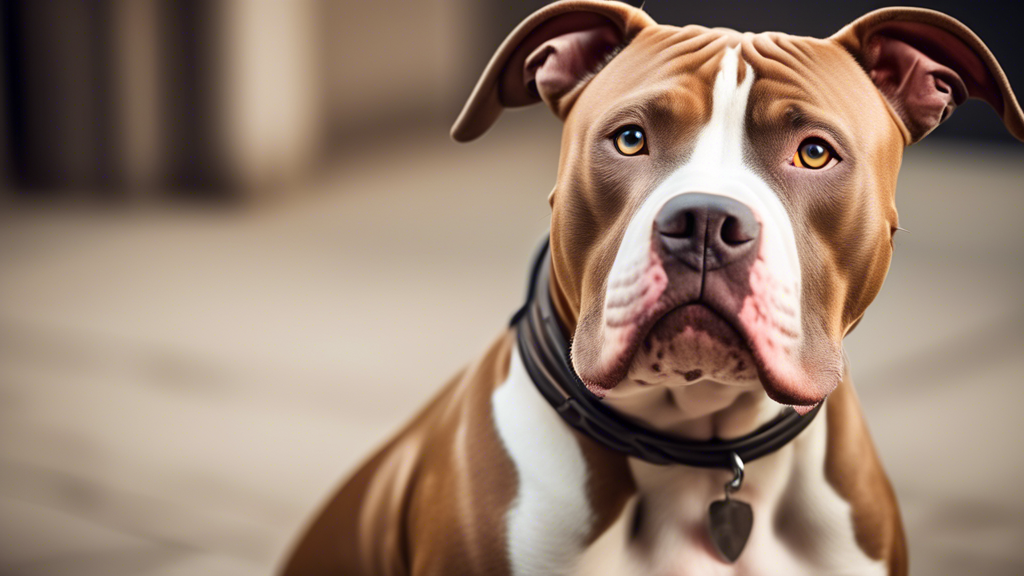
## Behavioral Traits and Temperament in Pitbulls
Intelligence and Trainability
Pitbulls are highly intelligent dogs with a strong desire to please their owners. Their intelligence makes them relatively easy to train, provided they receive consistent and positive reinforcement. Early socialization and obedience training are crucial in shaping their behavior and preventing potential behavioral issues.
Strength, Athleticism, and Physical Prowess
Pitbulls are known for their exceptional strength and athleticism. They are highly energetic and agile dogs, requiring regular exercise to maintain both their physical and mental well-being. Their powerful jaws and muscular build necessitate responsible ownership and proper training to prevent injury to others and themselves.
Common Dog Temperaments, Socialization, and Family Dynamics
The temperament of individual Pitbulls can vary depending on genetics, training, and environment. However, certain common traits are observed in the breed:
* Loyal and Protective: Pitbulls are fiercely loyal to their families and may exhibit protective instincts towards their loved ones.
* Friendly and Playful: When properly socialized, Pitbulls can be friendly and playful with people and other animals. They enjoy playtime and activities that stimulate their active nature.
* Determination and Perseverance: Pitbulls are known for their determination and perseverance. Once they set their minds to something, they will often pursue it relentlessly.
* Potential for Aggression: While not inherent to the breed, Pitbulls can exhibit aggression if they feel threatened or perceive a danger to themselves or their loved ones. This emphasizes the importance of responsible ownership, training, and proper socialization.
With proper training, socialization, and responsible ownership, Pitbulls can make excellent family pets. However, it’s crucial to understand their unique characteristics and temperament to best care for their needs and prevent potential behavioral issues.
**Conclusion**
In conclusion, understanding the breeding standards of Pitbulls is essential for responsible breeding practices and responsible pet ownership. The breed’s unique physical characteristics, including their distinct appearance, size, and weight, are defining features that set them apart from other breeds. Their behavioral traits, such as their intelligence, trainability, and athleticism, highlight their potential as both working and companion dogs.
However, it’s crucial to emphasize that the temperament of individual Pitbulls can vary greatly and is influenced by a combination of genetics, socialization, and training. Responsible breeders prioritize breeding for desirable temperaments, ensuring that Pitbulls are well-suited for their intended roles.
By adhering to breed standards, reputable breeders can produce healthy, well-tempered Pitbulls that make loyal and loving companions for responsible owners. It’s important to dispel misconceptions and educate the public about the true nature of these dogs, focusing on their positive qualities and the importance of responsible ownership.
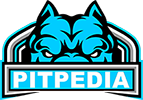








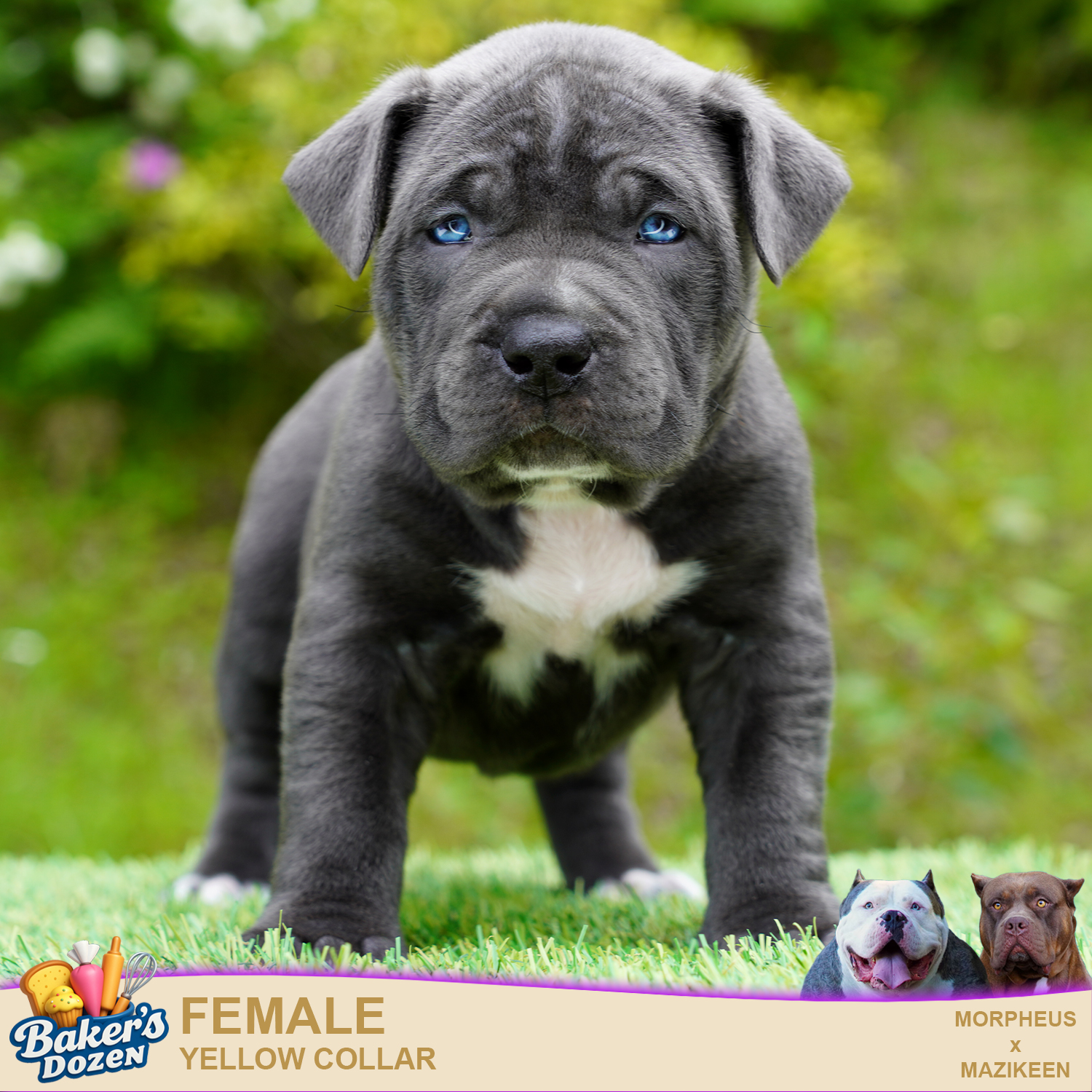
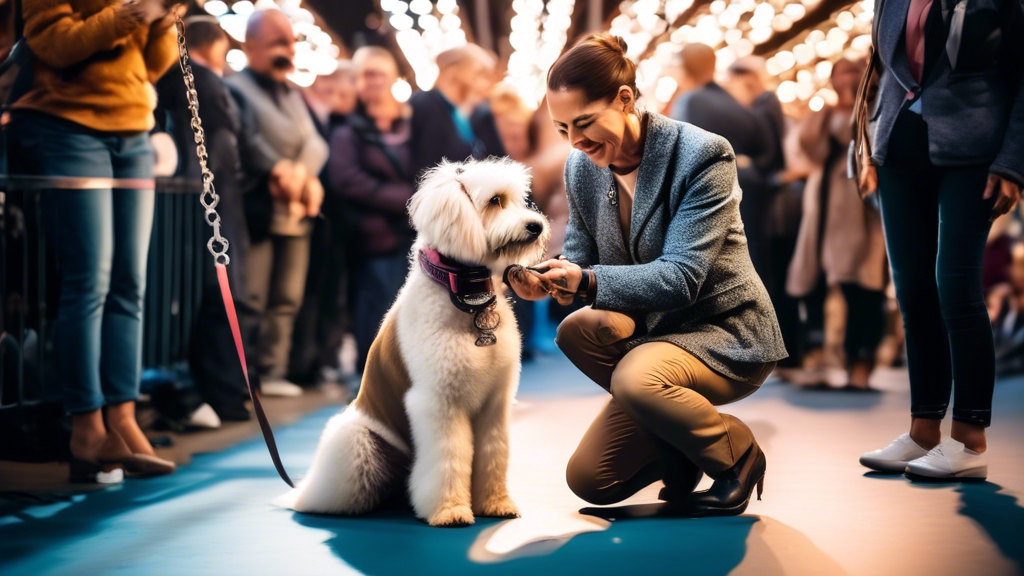
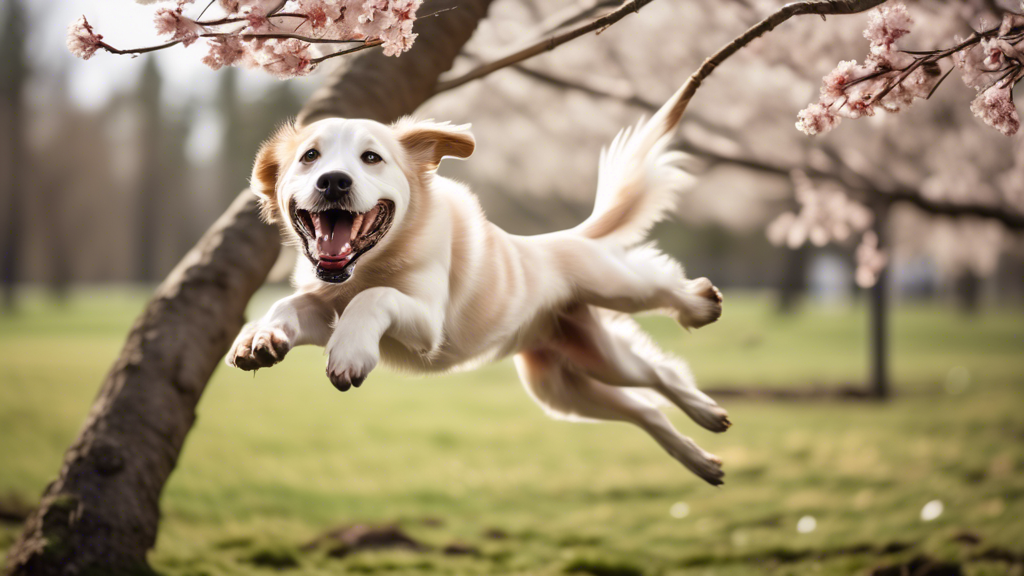
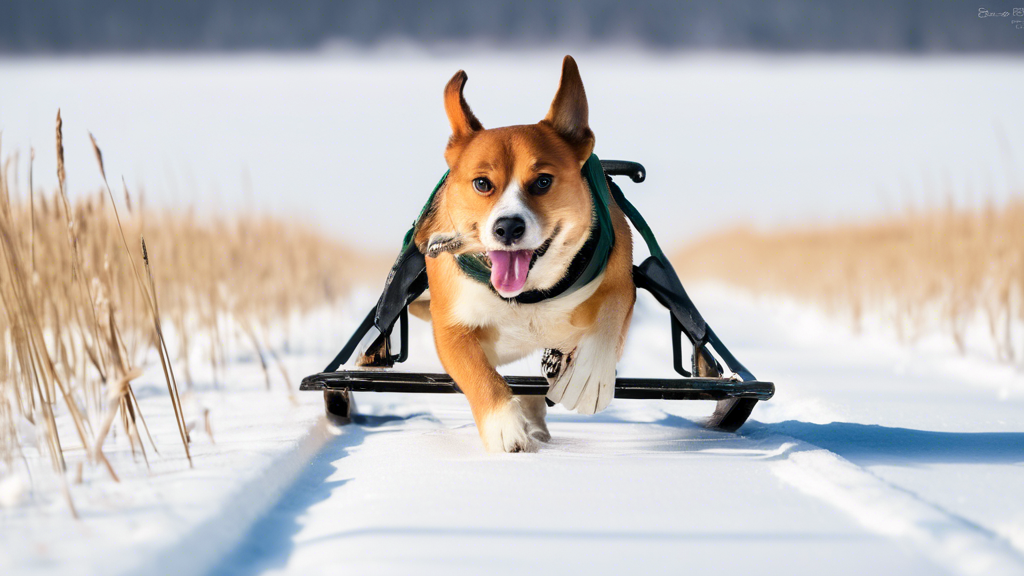
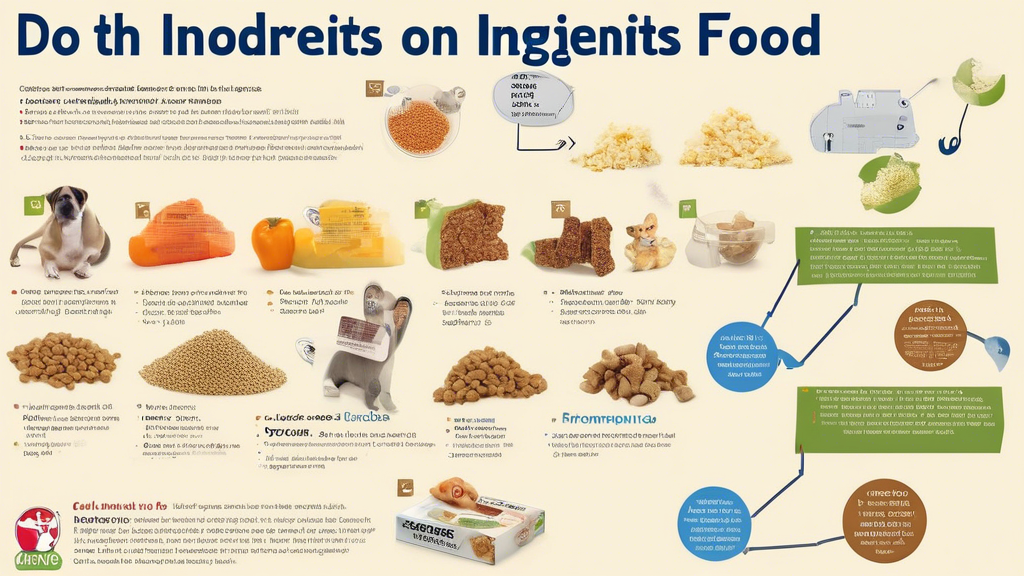
Leave A Comment